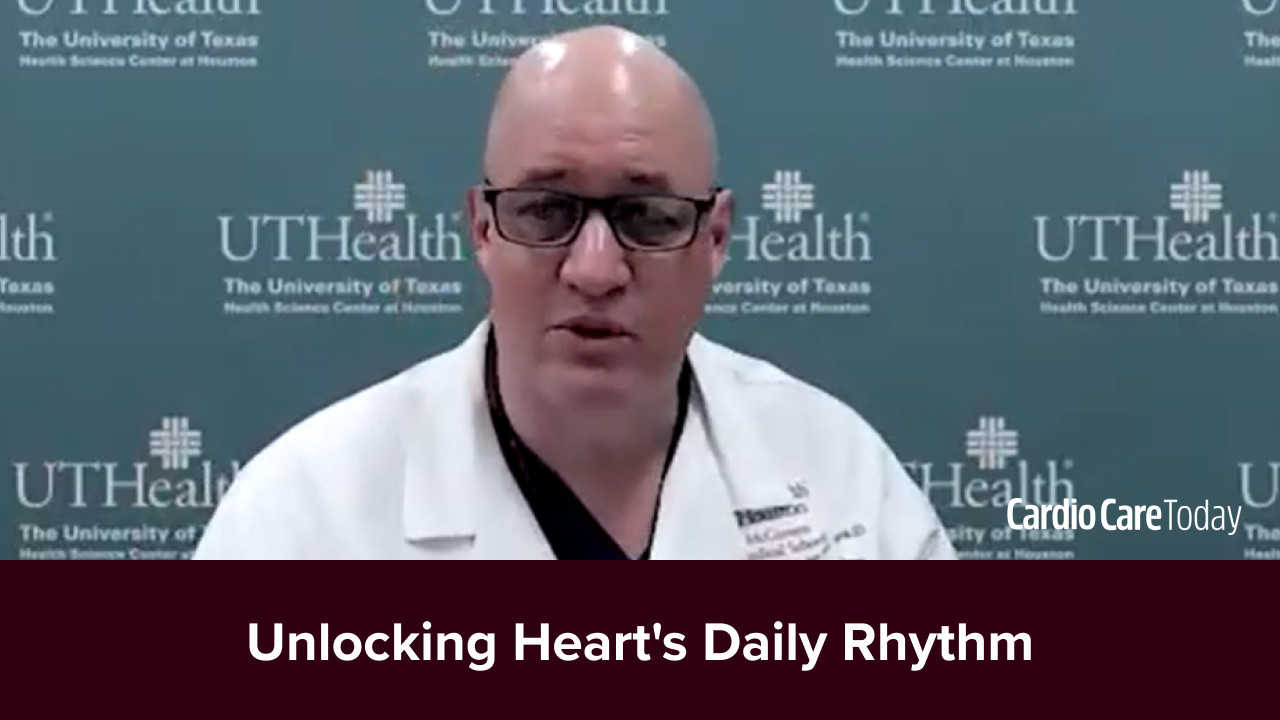
The diagnosis of AL amyloidosis requires a high index of suspicion to render a prompt diagnosis and appropriate treatment, according to a case study which was presented at AHA 2024.
The case involved a 62-year old man with a history of chronic kidney disease and paroxysmal atrial fibrillation. The patient presented with several months of fatigue, a progressive decline in functional status, as well as weight loss, and intermittent lower extremity swelling. His blood pressure was 92/72 mmHg on presentation, and heart rate was 90 bpm. Upon physical examination, the patient had a jugular venous pressure of 12-14 cm H2O and 2+ bilateral lower extremity edema with mild wheezing.
The results of laboratory tests showed that the patient had a significant serum free light chain ratio of 0.14. A transthoracic echocardiogram revealed a left ventricular (LV) ejection fraction of 33% with increased LV wall thickness and severe bi-atrial enlargement. The patient’s bone marrow biopsy revealed 2% lambda restricted plasma cells without evidence of amyloid deposits, and a metastatic bone survey was negative. Also, a fat pad biopsy and endomyocardial biopsy both stained negative for amyloid. However, a cardiac MRI revealed diffuse, circumferential subendocardial late gadolinium enhancement, which is consistent with cardiac amyloidosis. The patient was also given chest CT scan which showed a few patchy nodular pulmonary infiltrates. Due to the negative results, he was referred to pulmonary and endobronchial biopsy was positive for amyloid on Congo red staining. Biopsy tissue typing ultimately led to the diagnosis of Lambda subtype AL amyloidosis.
The patient was initiated on daratumumab, cyclophosphamide, bortezomib, and dexamethasone treatment. Unfortunately, approximately month after his diagnosis, he developed worsening heart failure despite treatment. Subsequently, he was admitted to an outside hospital with refractory cardiogenic shock and died.
“An expedited, multimodal and interdisciplinary diagnostic assessment is imperative as prognosis with chemotherapy is highly dependent on extent of AL disease, patient functional status, and presence of cardiac compromise. Elevated natriuretic peptides, troponins, autonomic dysfunction, and hypotension are negative prognostic features,” the researchers concluded.
Reference
Zimmerman A, Kuriakose P, Godfrey A, Ananthasubramaniam K, Cowger J, Al-Darzi W. A diagnostic challenge overcome with persistent clinical suspicion in a case of cardiac AL amyloidosis. Abstract #Mo2081. Presented at the American Heart Association Scientific Sessions 2024; November 16-18, Chicago, Illinois.







 © 2025 Mashup Media, LLC, a Formedics Property. All Rights Reserved.
© 2025 Mashup Media, LLC, a Formedics Property. All Rights Reserved.